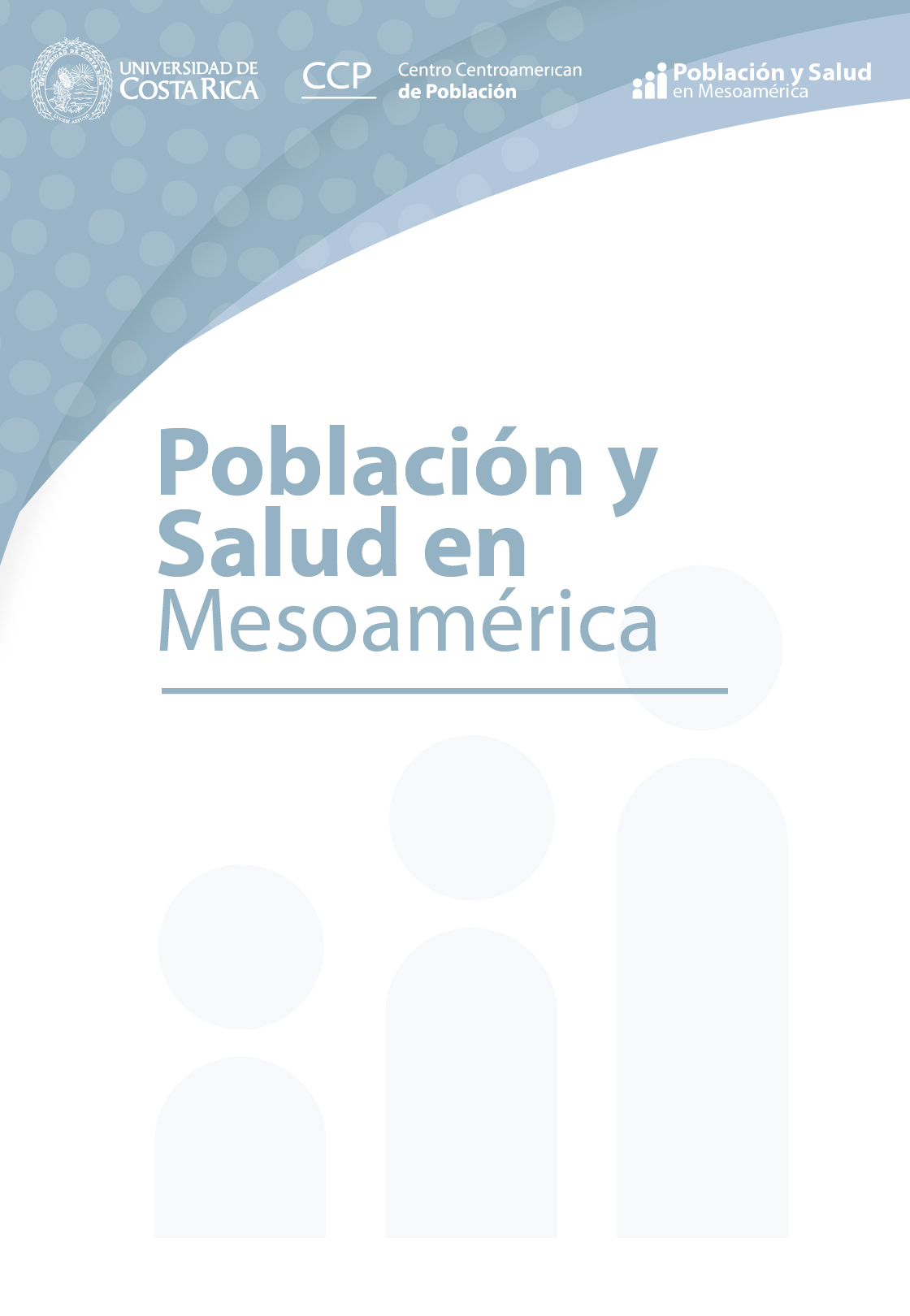Abstract
The aim of the study was to describe changes in nutritional condition and food consumption times in schoolchildren in the context of the school-community intervention of the Póngale Vida® Model. Anthropometric data and food practices were analyzed from 348 school children enrolled in two public schools at Santo Domingo County ,Heredia, who were evaluated during a three years of intervention ( 2015-2017), and the data were collected at the beginning and the end of the school year. The prevalence of excess of weight was 39.1% in 2015, 40% in 2016, and 38.4% in 2017. The values of the Z score for BMI of school children showed a difference of 0.2 in girls and 0.1 in boys, between 2015 and 2017. These changes are associated with the decrease in the percentage of students who eat double breakfast, at home and at the school, with the non-repetition of lunch, in addition to reducing the number of schoolchildren who bring money to buy at the school canteen. However, having lunch at home again was the only one statistically significant (p =005).The Póngale Vida Model achieved a reduction in the moments of food consumption of schoolchildren that manifested itself in a reduction in the percentage of excess weight. The process of behavior change in schoolchildren is slow, and a longer intervention may be required to sustained over time behavior changes and to influence the eating practices associated with excess weight on the school setting.
References
Barrantes Montoya, A., Calderón Rodríguez, A. y Fernández Rojas, X. (2017). Prevalencia de sobrepeso, obesidad y factores asociados en preescolares del cantón de Turrialba. Población Y Salud En Mesoamérica, 15(1). DOI: https://doi10.15517/psm.v15i1.26278
Calderón García, A., Marrodán Serrano, M. D., Villarino Marín, A. y Martínez Álvarez, J. R. (2019). Assessment of nutritional status, and habits and food preferences in a child-youth population (7 to 16 years) of the Community of Madrid. Nutrición Hospitalaria, 36(2), 394-404. DOI: https://doi-org.ezproxy.sibdi.ucr.ac.cr/10.20960/nh.2244
Calvo Molina, K., Fernández Rojas, X., Flores Castro, O., González Urrutia, R., Madriz Bonilla, D., Martínez Izaguirre, A., Villalobos Alfaro, N. y Villalobos Leal, N. (2019). Factores obesogénicos en el entorno escolar público costarricense durante 2015-2016. Población Y Salud En Mesoamérica, 17(1). DOI: https://doi10.15517/psm.v17i1.37858
Jiménez-Aguilar, A., Morales-Ruán, M., López-Olmedo, N., Théodore, F., Moreno Saracho, J., Tolentino-Mayo, L., Bonvecchio, A., Hernández-Ávila, M., Rivera, J. A., y Shamah-Levy, T. (2017). The fight against overweight and obesity in school children: Public policy in Mexico. Journal of public health policy, 38(4), 407-428. Recuperado de https://doi.org/10.1057/s41271-017-0090-z
Liu, Z., Xu, H. M., Wen, L. M., Peng, Y. Z., Lin, L. Z., Zhou, S., Li, W. H., & Wang, H. J. (2019). A systematic review and meta-analysis of the overall effects of school-based obesity prevention interventions and effect differences by intervention components. Int J Behav Nutr Phys Act, 16(1), 95. DOI: https://doi.org/10.1186/s12966-019-0848-8
Ministerio de Salud y Ministerio de Educación Pública. (2017). Informe ejecutivo: Censo Escolar Peso/Talla Costa Rica, 2016. Costa Rica. Recuperado de http://www.mep.go.cr/sites/default/files/page/adjuntos/informe-ejecutivo-censoescolar-peso-cortofinal.pdf
Organización Mundial de la Salud (OMS) (2019). Estrategia mundial sobre régimen alimentario, actividad física y salud. Recuperado de https://www.who.int/dietphysi calactivity/childhood_why/es/
Pehlke, E. L., Letona, P., Hurley, K., & Gittelsohn, J. (2016). Guatemalan school food environment: impact on school children's risk of both undernutrition and overweight/obesity. Health Promot Int, 31(3), 542-550. https://doi.org/10.1093/heapro/dav011
Pérez, F. (2004). El Medio Social como Estructura Psicológica. Reflexiones a partir del Modelo Ecológico de Bromfenbrenner. EduPsykhé Revista de Psicología y Psicopedagogía, 3(2), 161-177. Recuperado de https://dialnet.unirioja.es/servlet/articulo?codigo=1071166
Poder Ejecutivo. (12 de enero de 2012). Decreto Nº 36910-MEP-S. Reglamento para el funcionamiento y administración del servicio de soda en los centros educativos públicos. Diario Oficial La Gaceta, pp. 1-11.
Quintero-Gutiérrez, A., González-Rosendo G., Rodríguez-Murguía N., Reyes-Navarrete G., Puga-Díaz R. y Villanueva-Sánchez J. (2014). Omisión del desayuno, estado nutricional y hábitos alimentarios de niños y adolescentes de escuelas públicas de Morelos, México. CyTA - Journal of Food, 12(3), 256-262. DOI: https://doi: 10.1080/19476337.2013.839006
Ramírez-Izcoa, A., Sánchez-Sierra, L., Mejía-Irías, C., Izaguirre González, A., Alvarado-Avilez, C., Flores-Moreno, R., Yareny Miranda, K., M-Díaz, C., Grissel Aguilar, V. y Rivera, Elena E. 2017). Prevalencia y factores asociados a sobrepeso y obesidad infantil en escuelas públicas y privadas de Tegucigalpa, Honduras. Revista chilena de nutrición, 44(2), 161-169. DOI: https://dx.doi.org/10.4067/S0717-75182017000200007
Rossi, C. E., Costa, L., Machado, M. S., Andrade, D. F., y Vasconcelos, F. (2019). Fatores associados ao consumo alimentar na escola e ao sobrepeso/obesidade de escolares de 7-10 anos de Santa Catarina, Brasil [Factors associated with food consumption in schools and overweight/obesity in 7 to 10-year-old schoolchildren in the state of Santa Catarina, Brazil]. Ciencia & saude coletiva, 24(2), 443-454. DOI: https://doi.org/10.1590/1413- 81232018242.34942016
Ruiz, M., Torres, A., Lara, C., Torres, F., Rodríguez, A. y Parra-Flores, J. Estado nutricional de escolares de 4° año de enseñanza básica y su relación con el ingreso económico, conocimiento en alimentación saludable, nutrición y percepción de sus madres. Perspectivas de Nutrición Humana, 2016(18), 143-53. DOI: https://doi10.17533/udea.penh.v18n2a02
Shamah Levy, T., Morales Ruán, M. y Ambrocio Hernández. R. (Eds.). (2010). Contribución de los desayunos escolares del DIF Estado de México en el estado de nutrición. Cuernavaca, Morelos, México: Instituto Nacional de Salud Pública.
Théodore, F. L., Moreno-Saracho, J. E., Bonvecchio, A., Morales-Ruán, M. del C., Tolentino-Mayo, L., López-Olmedo, N., Shamah-Levy, T., y Rivera, J. A. (2018). Lessons learned and insights from the implementation of a food and physical activity policy to prevent obesity in Mexican schools: An analysis of nationally representative survey results. PLoS ONE, 13(6), 1-12. DOI: https://doi-org.ezproxy.sibdi.ucr.ac.cr/10.1371/journal.pone.0198585
World Health Organization. (2009). WHO AnthroPlus (1.0.4) [Computer Software]. Recuperado de http://www.who.int/growthref/tools/en/
World Health Organization. (2008). Training Course on Child Growth Assessment. WHO Child Growth Standards. Module C Interpreting Growth Indicators. Geneva. Recuperado de http://www.who.int/childgrowth/training/module_c_interpreting_indicators.pdf/







